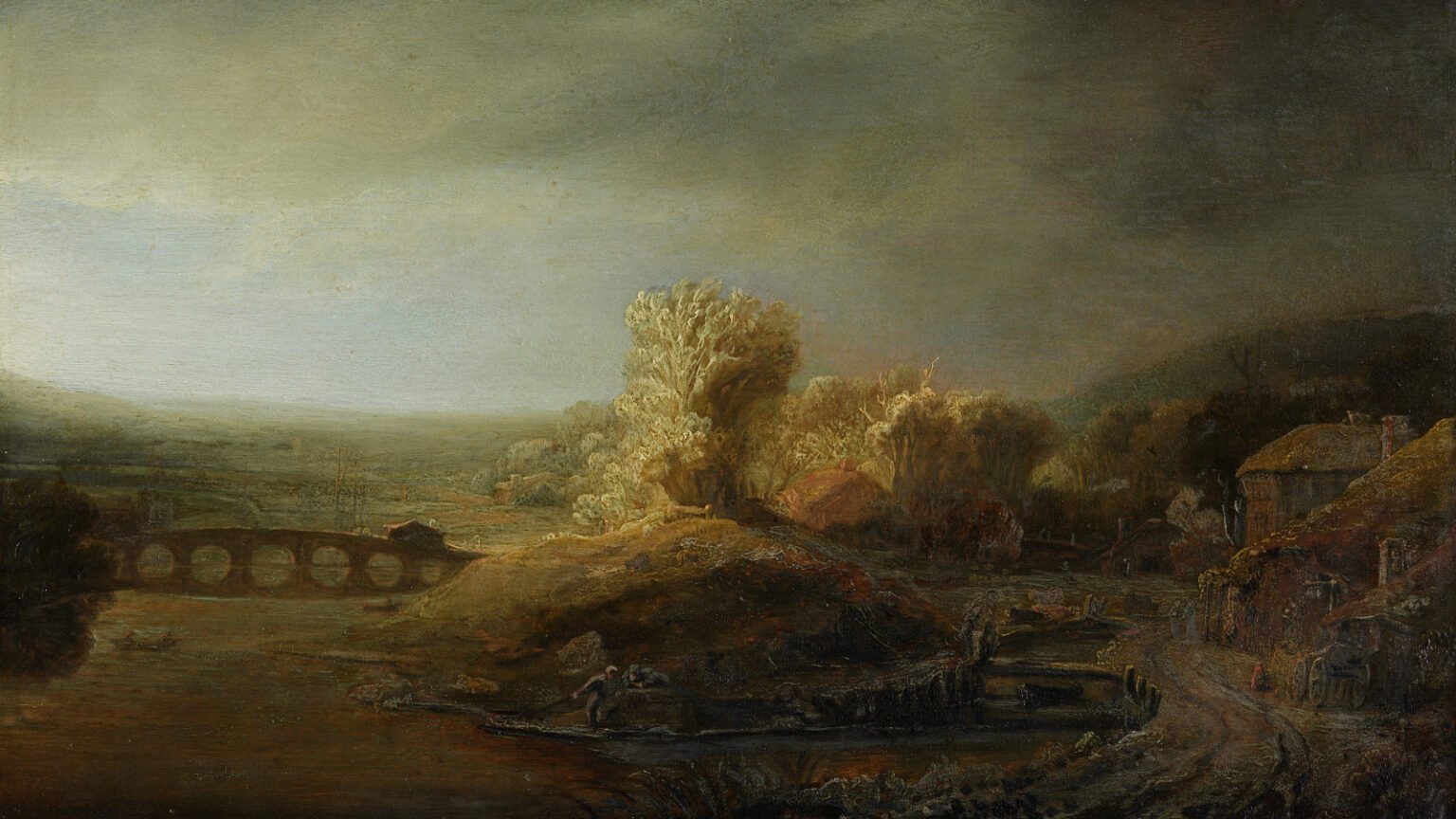At the heart of the Jewish origin story is the message that there is purpose in the world, that one is not alone in it and that one has the power to live a life of harmony and well-being. View the study sheet here. Watch the recording here.

Every culture has some form of origin story. These are tales that give shape and meaning and purpose in a world that can otherwise seem random and chaotic. They are stories that serve as guides to show us points of human attachment and as social maps to help us navigate our world. In pre-modern societies these creation myths were not analyzed scientifically as to their truthfulness. They were embraced to the extent that they helped to explain the world and offered a sense of place in it.
Not all foundational cultural myths date back to ancient pre-modern times. Rembrandt van Rijn was born in 1606 into a nation in transformation. In 1568 the provinces of the Netherlands launched a war of independence from Spain. This was the beginning of the 80 Years War, ending in 1648 with the establishment of the Dutch Republic. This period became known as the Dutch Golden Age, when Dutch trade, science, and art and the Dutch military developed into among the most acclaimed in Europe.
As a Protestant nation, the public practice of Catholicism was banned in 1581, the Netherlands did not have the patronage or influence of the Catholic Church in the arts. Nor did it have the architectural or artistic history of Italy or France. What it did have was a proud awareness of its rivers, fields and trees. Dutch history is filled with stories about how its people made land out of water and tamed the threatening seas. During its Golden Age, this embrace of the land produced in the newly independent Netherlands a new subject matter for art that distinguished it from its European neighbors. In Dutch it was called “landschap:” landscape painting.
Rembrandt was at heart a city-dweller, and the vast body of his work is in the genres of portraiture and biblical scenes. He only produced, as far as we know, eight landscape paintings. Still, they convey homage to an elemental purity, an awareness of the infinite and a pride in the land that is central to the Dutch story.
The Book of Deuteronomy is a reiteration of an origin story, the journey of the Israelites from slavery in Egypt to the border of the promised land. Torah deems it important for Moses to retell that story right before everyone crosses over. It is what will fortify the Israelites for the challenges that lie ahead. More than the geography of promise, it is the story of the promise that will settle them.
There are many details to the story, but like all great legends there is a message at its heart that is the most important and enduring element. In the Israelite story that element is in this week’s portion. It consists of six words: “Shema Yisrael Adonai Eloheinu Adonai Echad, Hear O Israel Adonai Is Our God Adonai Is One.”
Compacted in that phrase is all that one needs in order to know that there is purpose in the world, that one is not alone in it and that one has the power to live a life of harmony and well-being:
“Be present O struggling one to the transcendent infinite Source of all and know that Source is in immanent relationship with you and that you are of that Source a oneness.”
Or as Torah says even more simply in this week’s portion: ein od milvado, all there is is God. Say it. Now look at yourself. Awesome.
Join us here at 7:00 p.m. (PDT) Thursday August 11 as we explore in the heavens above and on the earth below.








